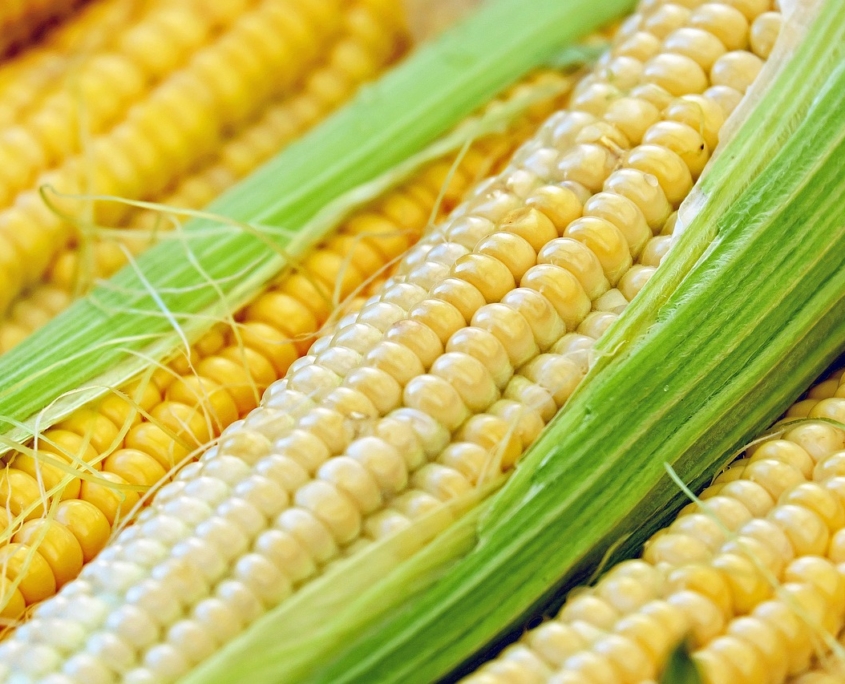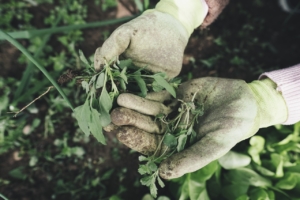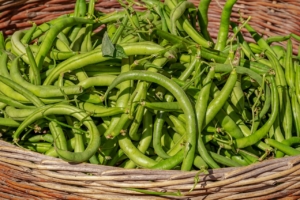Sweet Corn – the Best Part of Summer
History of Sweet Corn and Recipes
By Engrid Winslow

Image by Couleur from Pixabay
“The first ear of corn, eaten like a typewriter, means summer to me—intense, but fleeting.” ― Michael Anthony
There are two flavors of summer that I will unapologetically eat until bursting with absolutely no apologies because they haunt my food memories in the dead of winter. One is tomatoes fresh from the garden and the other is sweet corn.
Sweet corn is a vegetable that originated in the Americas and has spread worldwide. Originally referred to as maize the cultivation of corn was introduced in South America from Mexico in two waves: the first, more than 6000 years ago, spread through the Andes. Evidence of cultivation in Peru has been found dating to about 6700 years ago. The second wave, about 2000 years ago, spread corn through the lowlands of South America. Around 4,500 B.C., maize began to spread to the north; it was first cultivated in what is now the United States at several sites in New Mexico and Arizona, about 4,100 B.C.
During the first millennium AD, maize cultivation spread more widely in the areas north. In particular, the large-scale adoption of maize agriculture and consumption in eastern North America took place about A.D. 900. Native Americans cleared large forest and grassland areas for the new crop.
Corn is used in many foods including grits (in the South), polenta (in Italy), cornstarch, chowder, cornbread, cornflake cereal, hominy, popcorn, corn dogs, tamales and tortillas. But fresh sweet corn on the cob has to be the most popular and is a sure sign of summer.
Be sure to visit a farm stand that picks their corn daily and cook and eat it on the same day it was picked. The intensity of flavor will be at its peak and you won’t want to go back to the supermarket for corn ever again. Resist the urge to open the ears as that can cause the ears to dry out. Just feel for firm kernels and fill up your bag to overflowing with fresh, delicious sweet corn.
Last year a friend shared her secret to cooking corn easily and I now use this method exclusively. Instead of boiling a pot of water, shucking the corn and trying to remove all of the silk, use your microwave. Just pop un-shucked corn into the microwave for 4 minutes per ear, up to four ears at a time (16 minutes). Let cool slightly and then see how easily the shucks and silk come off the cooked ears. From there you can do all sorts of things with it. It’s easy to scrape off the kernels with a sharp knife and stash them in the freezer to bring back a taste of summer when you need it the most.
Here is one of my favorite ways to combine my two summer favorites – corn and tomatoes. It is delicious and you will want to make it as often as possible while these two summer vegetables are at their peak.
CORN AND TOMATO SALAD
Serves 2-4
Slice one pint of cherry tomatoes and salt generously (at least 1 teaspoon)
4 ears of corn, prepared as above and scraped from the cob
6-7 leaves of fresh basil, chiffonade
The key to this mixture is to set the salted tomatoes to the side for at least 30 minutes so that the tomatoes give up some of their juice and become slightly jammy. Add cooled corn and basil and enjoy. It keeps well and is one of the best things you will ever eat.
There are many add-ons you can do for this salad. It’s great with a few squeezes of lime juice, a drizzle of olive oil, or you can add chopped sweet onions, drained and rinsed black beans and cotija cheese for a great vegetarian taco or salsa fresca for fish tacos, a dip or topping on grilled fish or chicken. You can also substitute the cilantro, chopped parsley or thyme for the basil.
“A light wind swept over the corn, and all nature laughed in the sunshine. “ Anne Bronte






